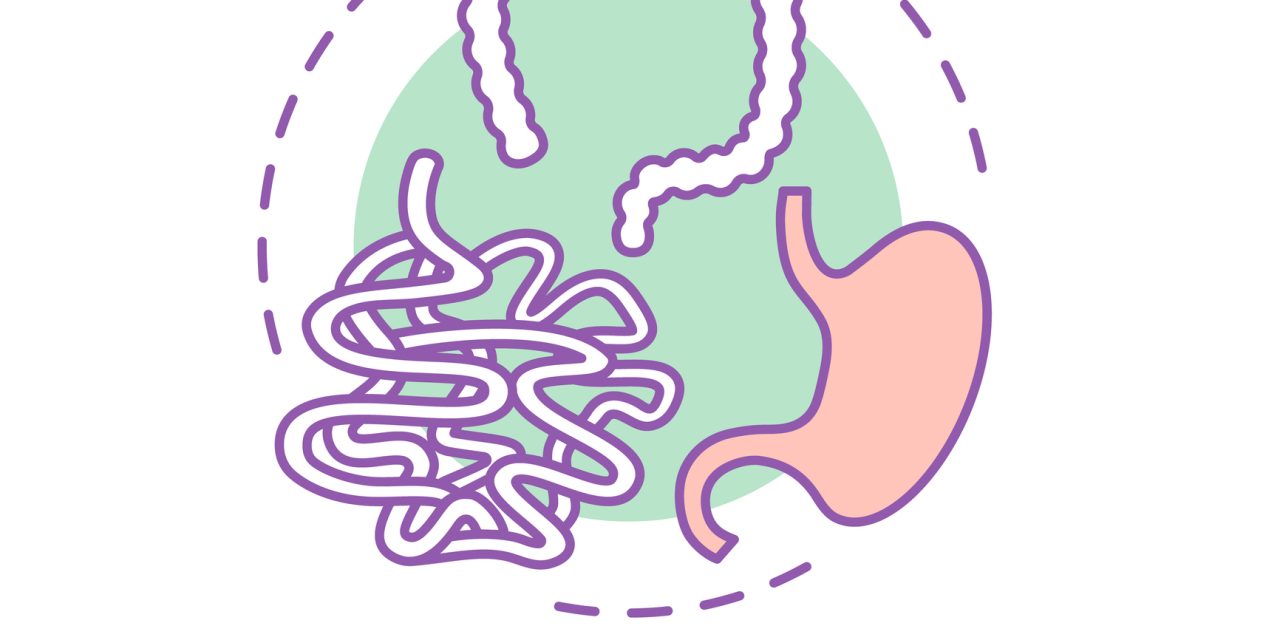Biliary atresia (BA) is a fibro-obliterative biliary tree disease that manifests in childhood. In about 60% of babies, the bilioenteric conduit created after Kasai portoenterostomy (KPE) restores bile flow. Cirrhosis and accompanying consequences are frequent, even if the procedure is successful. BA is still the most common reason for a kid to require a liver transplant (LT). Post-KPE antibiotic, choleretic, and steroid treatment did not lower LT rates convincingly. The gut microbiome is crucial in host metabolism, nutrition, and immunological function, and changes in its diversity and/or composition, known as dysbiosis, have been linked to disease states such as liver disease. Adults’ interest in the liver-gut microbiome is mostly focused on nonalcoholic liver disease, cirrhosis, and cholestatic liver disorders, with microbial profiles related to disease severity.
The investigation of the gut microbiota in BA has hitherto been restricted to culture-based methods, but molecular investigations, while still in their infancy, reveal a potential pathogenic function for Enterobacteriaceae and Streptococcus, as well as a potential helpful role for Bifidobacteria. Bacterial translocation and the generation of gut microbiome-derived compounds are important host-microbiome-mechanistic routes in the development of liver disease. Microbiome-targeted treatments for liver illness are being developed, with faecal microbiota transplantation demonstrating potential in cirrhosis.


